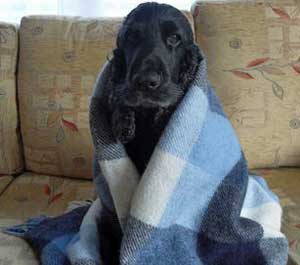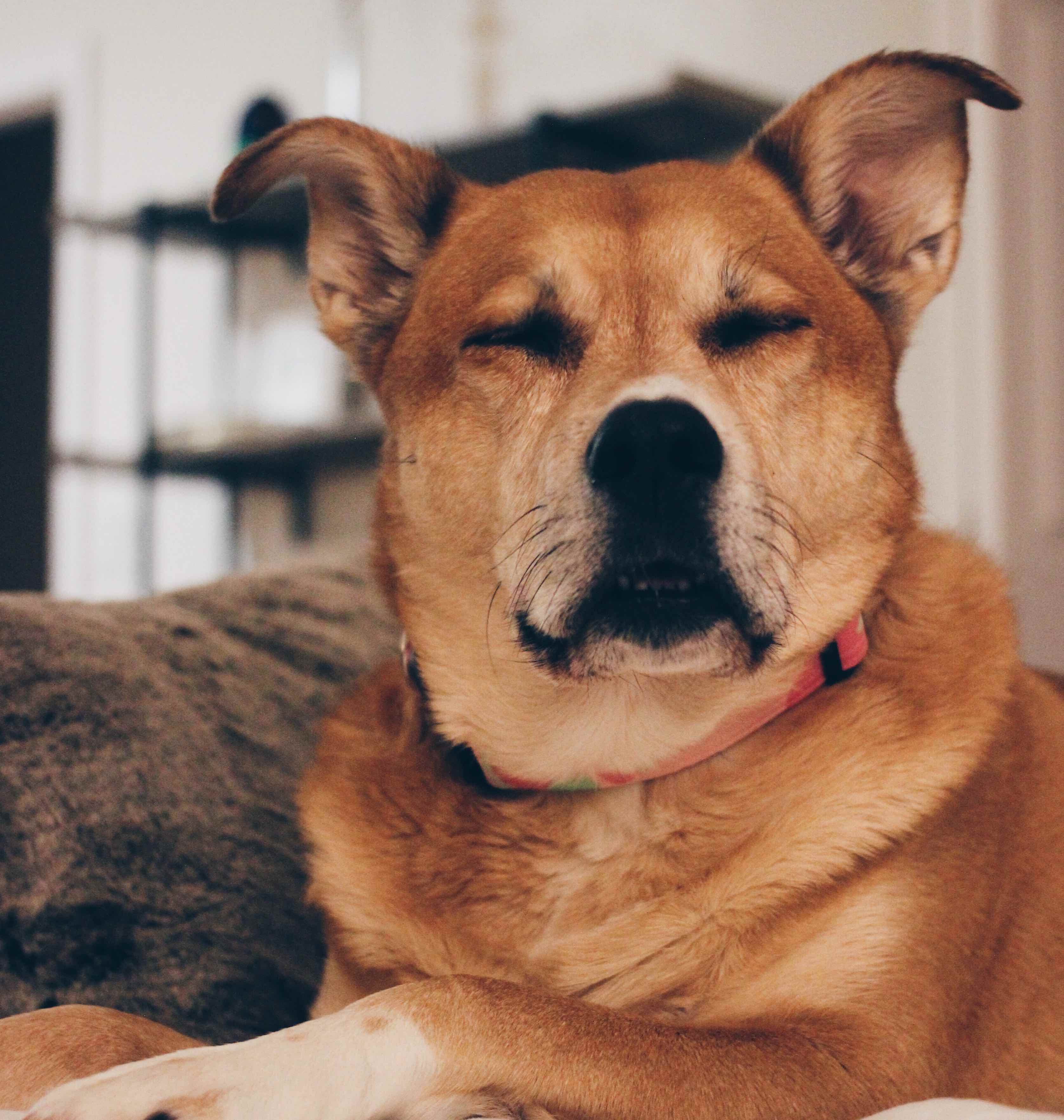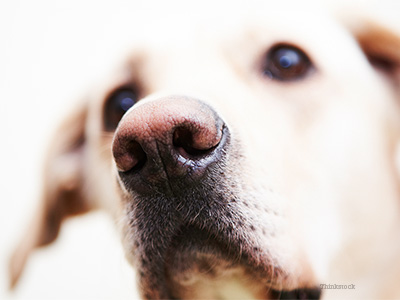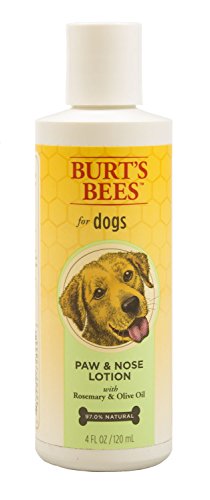Dog Snow Nose Treatment

If your dog s nose turns from its usual dark color to pink or brown specifically during the winter your dog may have what is commonly referred to as dog snow nose or winter nose the condition which is called hypopigmentation typically causes a dog s nose to lighten in color normally to a pink or light brown.
Dog snow nose treatment. The temperatures of dogs noses fluctuate day to day even hour to hour. The common belief that a healthy dog has a cold wet nose and a sick dog has a hot dry nose is false. It s hard to say exactly why it could be the environment or it could be what they ve been up to recently. It often starts with either small pink spots appearing across the nose or a thin pink strip becoming visible in the middle of the nose.
In the winter watch out for products that melt snow and ice. This condition is known as winter nose or snow nose and it is common in light coated dogs although any breed can be affected. Snow nose occurs when a dog s nose lightens from a dark color to pink or brown. Plain and simple the dry winter air mixed with wet snow can cause your dog s paws and nose to get chapped.
Prolonged contact can cause chemical burns and they can make your dog sick if ingested by licking. The colour change can become permanent in older dogs. The name comes from the old thought process that this only occurs during the winter months when there is snow. For most dogs the nose fade during the cold season of the winter.
Technically called hypopigmentation or snow nose winter nose it results from loss of sunlight and causes the nose to fade to brown in winter. This makes nasal flushes with antifungals the dog s best chance of recovery. Contact with an irritant. Snow nose or winter nose is a temporary usually loss of pigment in the nose of a dog.
Other irritants include chemicals. Happily nasal cancer is rare. Snow nose cannot be treated or corrected to return your dog s nose to its normal colour although as mentioned some dogs will tend to lose pigment on their nose and then regain it later on in the year so it is not always permanent but may fluctuate and come and go over the course of the dog s life. The decrease in pigmentation of the nose changes the colour of the nose from black to pink.
Left unchecked the fungi can destroy the bony scrolls inside the nose. Oral therapy has a low success rate because the drugs struggle to reach a high enough concentration in the nose to be effective. Despite the name though it is now known that dogs that aren t exposed to cold temperatures can also develop this nasal color change.






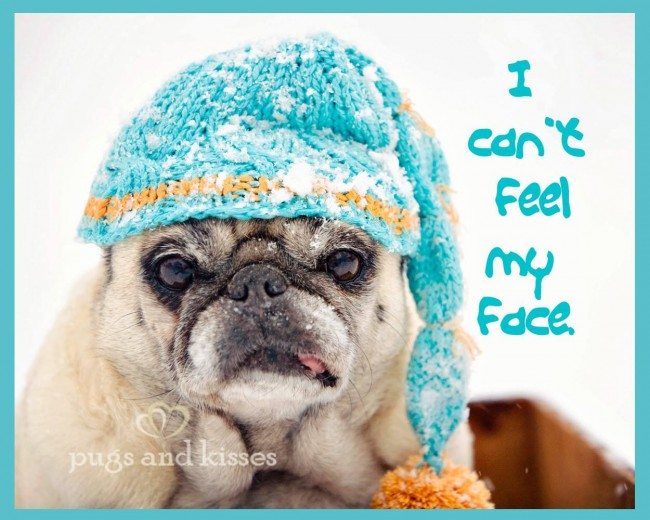






:max_bytes(150000):strip_icc()/Dogwithsnownose-5a145646842b170019ca0ab0.jpg)

